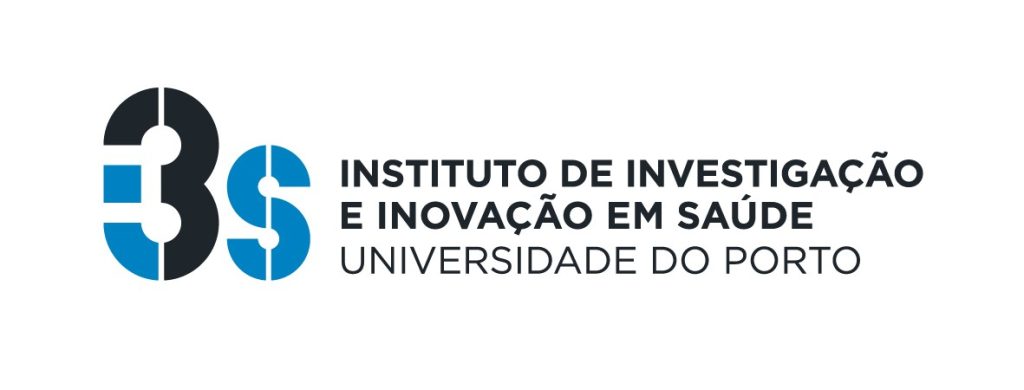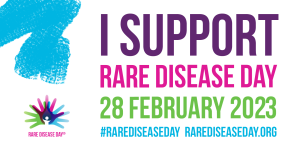A life dedicated to rare genetic diseases
By Sandra Macedo Ribeiro, PhasAGE Project Coordinator
To celebrate Rare Disease Day 2023, Jorge Sequeiros gave an exclusive interview to PhasAGE about his 50 year’s career dedicated to research, genetic testing and genetic counselling of rare neurological diseases.
Jorge Sequeiros is an internationally renowned expert in Medical Genetics, with a prevailing interest on research, genetic testing and genetic counselling of rare neurological diseases (as Machado-Joseph disease – MJD – and other spinocerebellar ataxias – SCA, Huntington’s disease and others). Jorge Sequeiros pioneered the creation of Medical Genetics as a clinical specialty in Portugal, and the establishment of public and professional policies, ethical recommendations and regulation for genetic tests and genetic information.
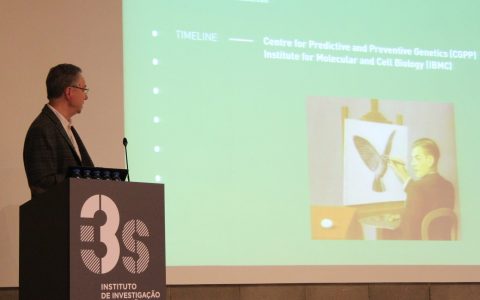
He is the leader of the UnIGENe research group at Instituto de Investigação e Inovação em Saúde (i3S, U.Porto), and has made pivotal contributions for understanding the genetics and epidemiology of MJD and other neurological diseases. Jorge Sequeiros’ career path extends well beyond its academic achievements: he founded and directed the Centre for Predictive and Preventive Genetics (CGPP) of the Institute for Molecular and Cell Biology (IBMC), i3S, U.Porto, which provides services to the community in the area of genetic testing and counselling. The societal dimension of his career is sustained by the continuous support and education to patients’ associations that assist people and families living with genetic diseases in Portugal and elsewhere.
What would you choose as one highlight of your research career?
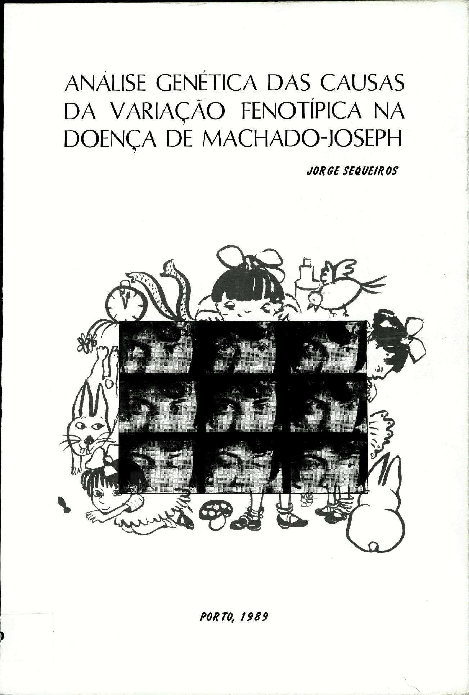
I would perhaps pick a result from my own PhD thesis showing that MJD had significantly different mean age-of-onset in patients of Portuguese descent, both in the Azores and the USA, according to their island of origin (either Flores or São Miguel). After the MJD gene was found, we showed that MJD has two major ancestral origins – a very ancient lineage (Joseph) in Portuguese from Flores, parts of mainland Portugal and of the USA, and the most prevalent in affected non-Portuguese populations; and a much more recent one (Machado) almost exclusive of Portuguese from São Miguel, central mainland and the USA. Thus, not just the genotype (size of expanded CAG repeat), but also its background haplotype may determine disease onset age, symptoms and severity. This has consequences for practical genetic counselling, and may help understanding better pathogenic mechanisms and eventually developing innovative therapies. This is fascinating also from a historical point of view, as we believe the Joseph lineage may have arisen in the Han population (in south-eastern China), possibly well over 10 thousand years ago, then diffusing to other populations worldwide; the Machado ancestral mutation could be “only” around 2,000 years old.
What is the future for Medical Genetics? What do you consider the main advances in this field that will shape the future of pre-clinical diagnostics of rare diseases?
I have always been fascinated by the clinical and genetic variation existing within any single hereditary disease. Why the same genetic defect (gene and variant) may have such a different impact (e.g., in terms of age-at-onset, clinical presentation, natural history) among various families, but also within the same family (even in sibs)? In addition to major ongoing research on genetic modifiers, interactions and networks, it will become more and more important the study of environmental triggers and modifiers, which are much more difficult to search and identify. In the near future, evermore complex algorithms, assuming genetic, epigenetic, environmental and (importantly) stochastic players, will be devised to predict more accurately the clinical onset and severity of a given hereditary disease, and enable more informed genetic counselling.
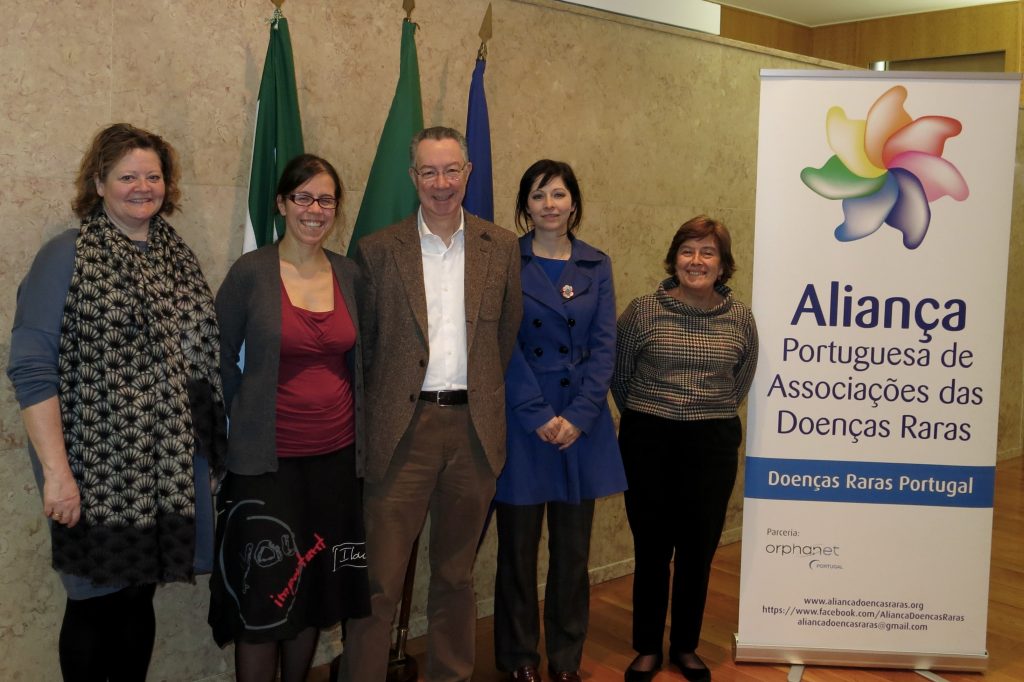
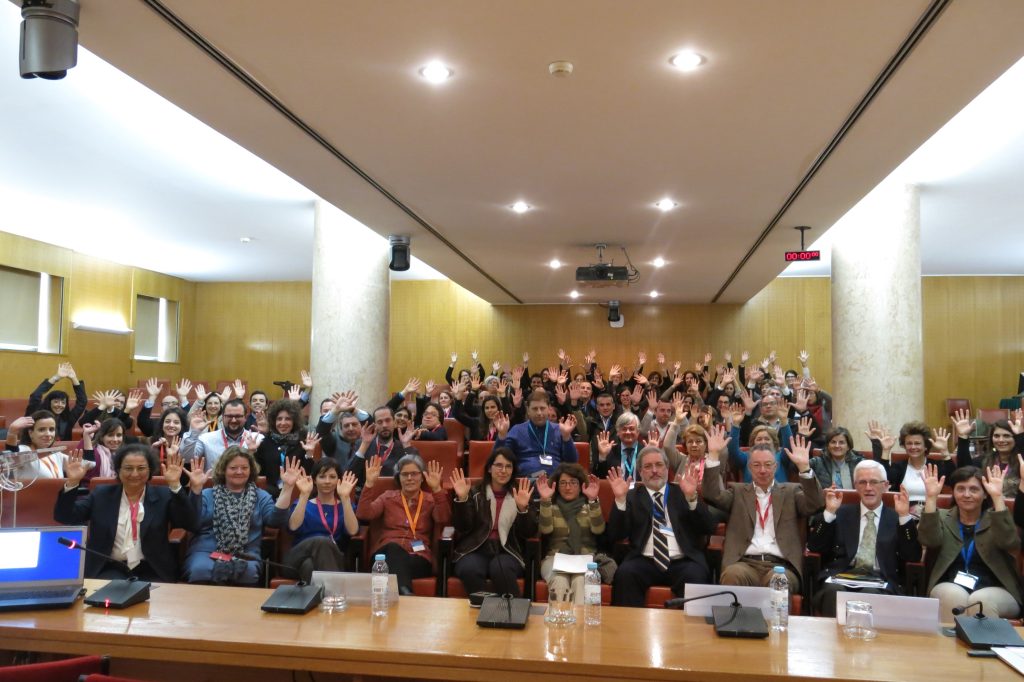
Jorge Sequeiros with members of the Portuguese Alliance of Rare Disease Associations and representatives from the EURORDIS (left image) at the Portuguese Parliament during the Europlan National Conference (EUCERD Joint Action) held during Rare Disease Day celebrated in 27-28 February 2015 (right image).
-
"...not just the genotype (size of expanded CAG repeat), but also its background haplotype may determine disease onset age, symptoms and severity."
Can you think about a major open question in the field of rare diseases that should be addressed in the future?
Again, regarding environmental impacts: it is almost common sense that, e.g., life events (serious disease or loss of a significant one, extreme weather events, personal accident, natural disasters, war) may play a role on disease onset and progression, in those genetically predisposed. The overly uttered unity of body and mind is still far too neglected and under-investigated in practical terms. Partly due to prejudice (it may seem minor and slightly non-scientific), in part because it is hard to envisage all processes and mechanisms through which that may actually happen, few have yet ventured that path. It may look a trivial question, but it has practical consequences for patient’s lives (and the advancement of science).
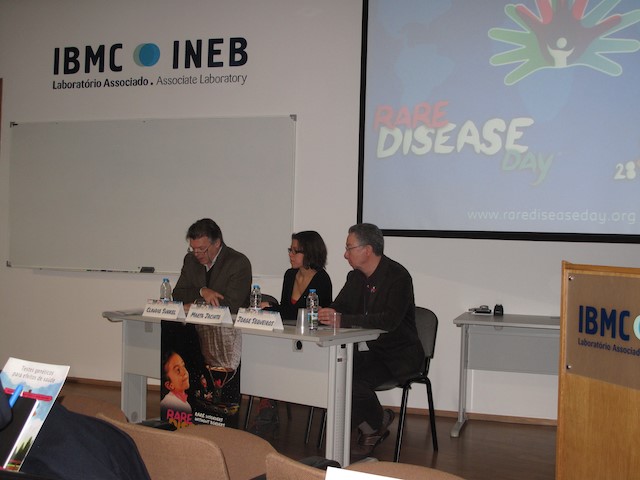

Jorge Sequeiros in the celebration of Rare Disease Day 2013 with Marta Jacinto and Claudio Sunkel (left image) and with patient’s associations and participants (right image).
What was the main motivation behind the creation of CGPP? Considering the impressive evolution of Human Genetics and Genetic Counselling over the past 30 years, what are the current and future perspectives of CGPP?
After too many years requesting patients and families for information and biological materials, we felt compelled to provide back some service, stemming from practical results of that research. Once major genes and disease-causing variants for the RD of our research interest were found, we became able to offer genetic diagnosis and presymptomatic testing for those diseases, even if still untreatable, to inform their reproductive and other life choices, through more appropriate genetic counselling (including the offer of prenatal and preimplantation genetic diagnosis). But, the quality patterns of research are not as demanding as those for clinical genetic testing.
That led us to create CGPP, in 1999, to completely separate research from the provision of genetic testing and counselling services to the community. It was a significant leap (rather challenging within a university setting) to build a proper internal quality system and external quality assessment (a formal EQA scheme was first created and administrated by us, at EMQN, specifically for the SCA). We thus became the first national genetics lab to apply for accreditation by IPAC (ISO 15189), which we achieved in 2014.
-
"Understanding how any single scientific advancement has been achieved (and which hurdles surfaced along that process) will provide us with tools to move science further forward."
What advice would you give to researchers and medical doctors starting their careers in Human Genetics?
Life shows us that people learn best from their own faults and mistakes, rather than well-intended external advice. Nevertheless, something I always take for myself as critical is a good knowledge about the past. How did we get to where we are now? What questions were made, how were they addressed, what was needed to shape current knowledge? Understanding how any single scientific advancement has been achieved (and which hurdles surfaced along that process) will provide us with tools to move science further forward.
It also helps to keep vigilant and humble before the latest technologies, not to become dazzled by their glamor and fuss. As we all know, technical expertise precedes scientific progress, which is followed by clinical applications often only after a too-long gap. Time is needed for evidence to be gathered and information translated into knowledge (and this into wisdom). We do need prudence and time to stop and think. To liaise with patients’ representatives and all other key players. Not to haste clinical uses of the ultimate technology, without carefully weighting their benefits and risks (to patients, families and the society), before using them in a scientifically sound, ethically rigorous and socially responsible manner. The best way to illuminate our path is a powerful light shining over our shoulders, not in front of our eyes.
This interview was prepared with the assistance of Milena Paneque and Rita Vilaça from i3S.


